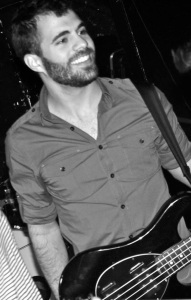It’s been a busy few weeks for CQG – we’ve been to the Era of Gravitational Wave Astronomy conference in Paris, hosted the annual Editorial Board meeting in London, attended the Loops17 conference in Warsaw and now it’s time to fly off to California for Amaldi12.

Amaldi12, named after Edoardo Amaldi, will be held at the Hilton Hotel in Pasadena, CA from 9th – 14th July. The conference will explore the science around gravitational waves and their detection, particularly in light of the confirmed detections by LIGO-Virgo and new advances with the LISA mission.
I will be at the conference Monday through Friday with a table top booth at the event, located near the international ballroom in the hotel. I’m really interested in hearing your thoughts about the journal, so please do stop by say hello and have a chat.




You must be logged in to post a comment.